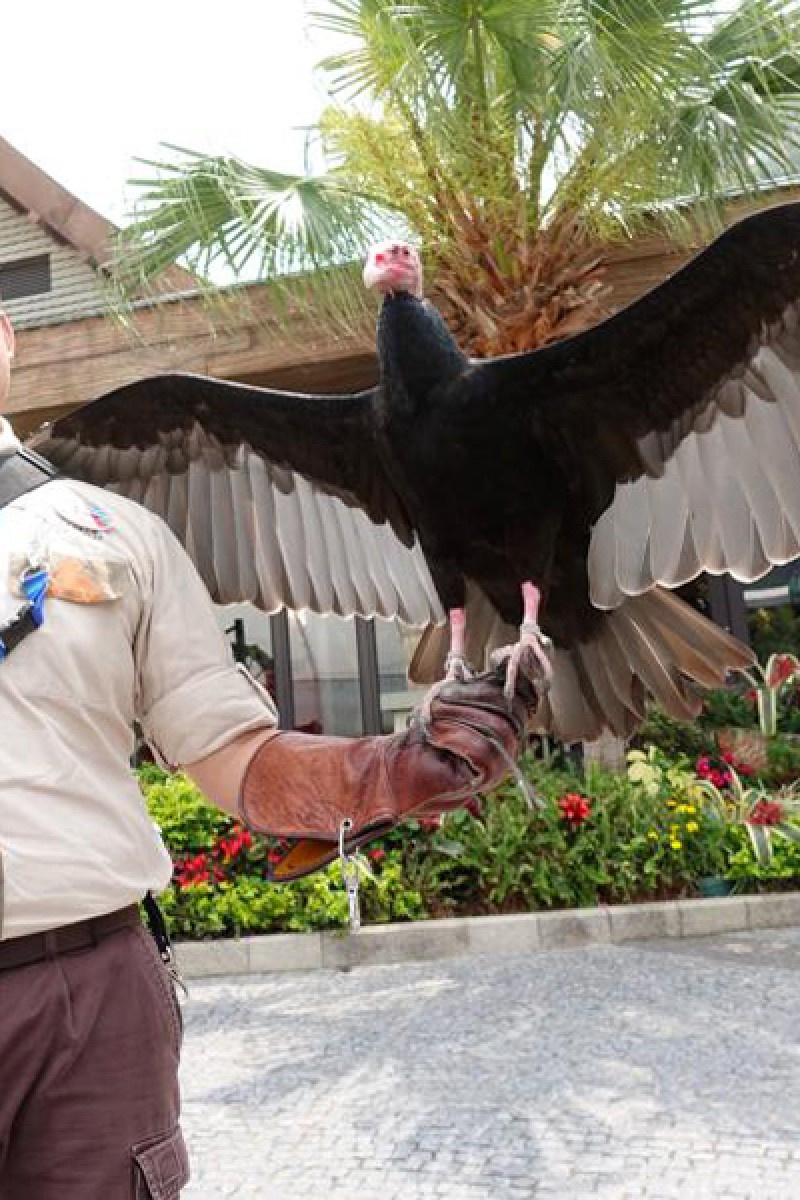
Adorable ambassadors from the Animal Discovery Fest at Ocean Park showcases animal kingdoms from around the world
Published:
YP ReporterVeronica LinNicholas Ng
Listen to this article
Junior reporters learn to spot the differences between sea lions and seals, and find out more about creatures from ecosystems all across the globe
YP ReporterVeronica LinNicholas Ng |
Published:
Sign up for the YP Teachers Newsletter
Get updates for teachers sent directly to your inbox
By registering, you agree to our T&C and Privacy Policy
Sign up for YP Weekly
Get updates sent directly to your inbox
By registering, you agree to our T&C and Privacy Policy